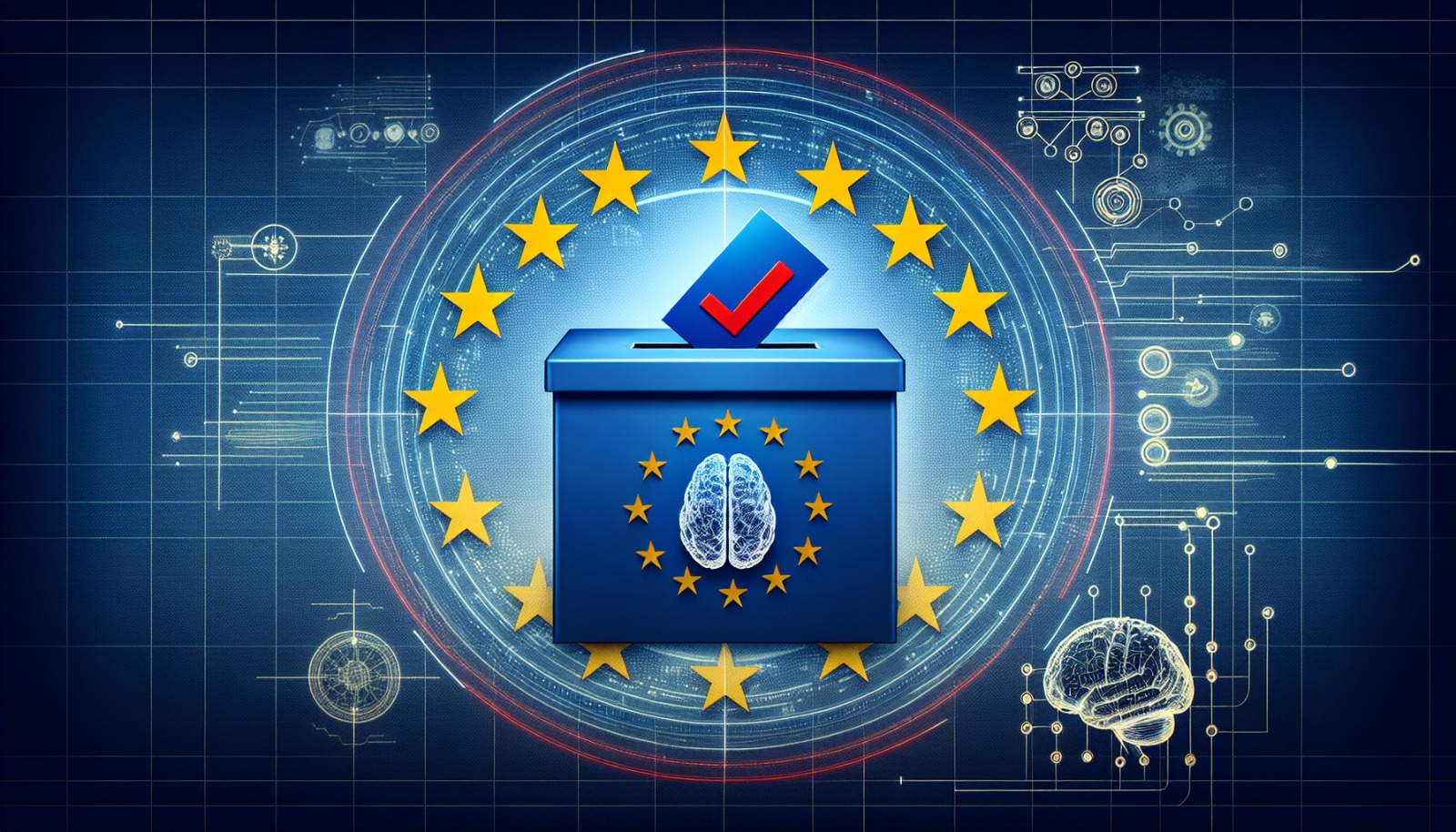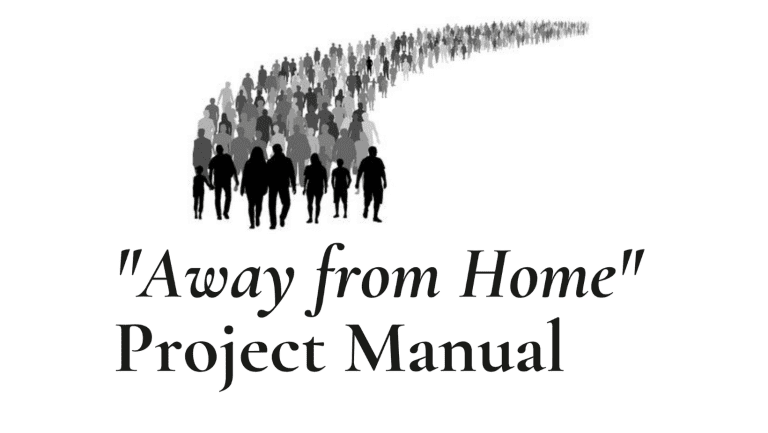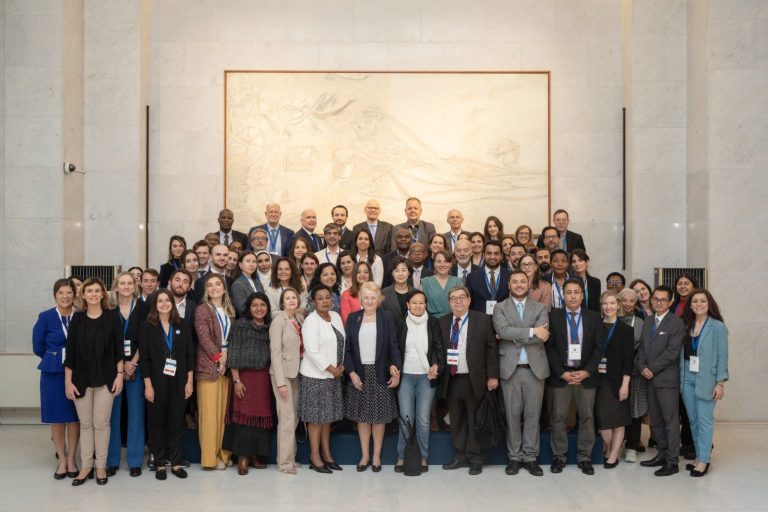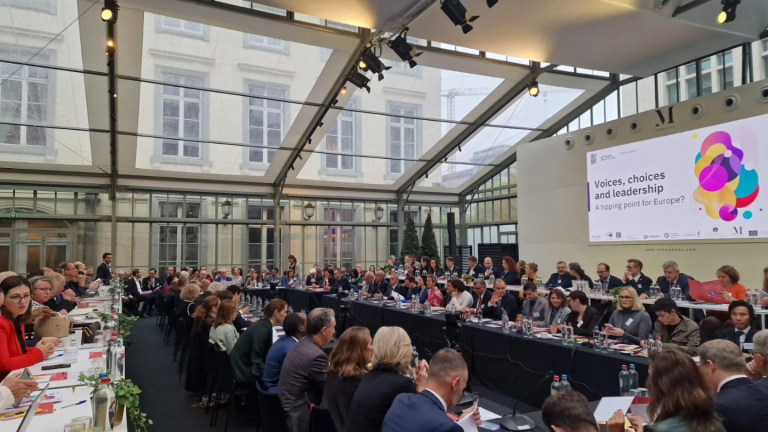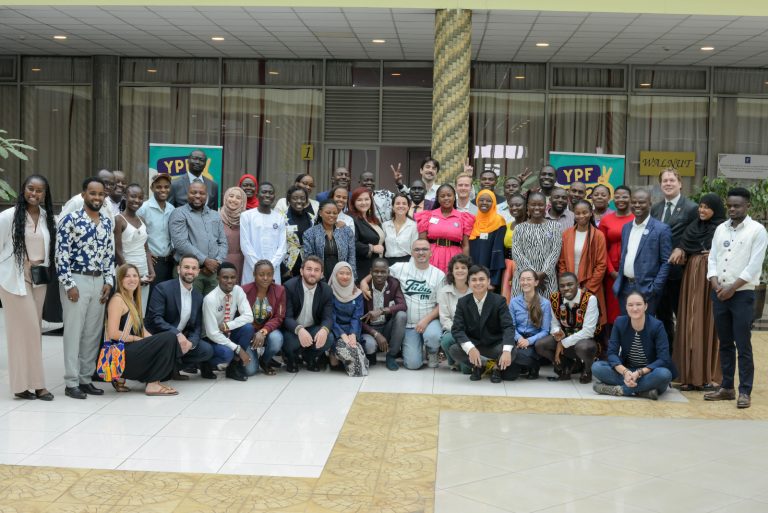The Surge of AI-Generated Content in Disinformation Campaigns During the 2024 European Elections
Do you want to know more about Disinformation and what it means? Check out our article on definitions and real-world examples.
I. Introduction
In the digital age, disinformation has become a pervasive threat to democratic processes and societal cohesion. The 2024 European elections have highlighted the evolving tactics of disinformation campaigns, increasingly powered by advanced AI technologies. These campaigns aim to undermine trust in democratic institutions, sow discord among EU member states, and manipulate public perception through sophisticated, AI-generated content. This article provides an overview of the disinformation narratives prevalent during the elections, the role of AI in amplifying these falsehoods, and the urgent need for AI-driven solutions to counteract the spread of misleading information and preserve the integrity of democratic discourse. (source)
II. Overview of Disinformation Narratives during the Elections
Disinformation in Europe has historically aimed to undermine trust in democratic institutions and create divisions among EU member states. In the months leading up to the 2024 European Elections, disinformation narratives kept their traditional aims and proliferated, targeting various aspects of EU governance and policies. According to the European Digital Media Observatory (EDMO), disinformation about the EU surged, comprising 15% of all detected false information in May 2024. Key narratives portrayed the EU as corrupt and anti-democratic, with false claims trying to link EU Commission President Ursula von der Leyen to Nazism and corruption scandals. (source) (source) (source)
Additionally, allegations of election fraud were rampant, particularly in Germany, where false stories suggested that certain ballots were invalid or that the far-right party AfD was excluded from the elections. Misleading content also exaggerated the consequences of the recently approved Migration and Asylum Pact, falsely inflating the number of migrants EU states would need to accept. Concurrently, false narratives about climate change and Ukraine-related issues saw a decrease, while anti-immigration and LGBTQ+ disinformation remained stable. (source) (source)
Contrary to expectations, the anticipated surge in AI-generated deepfake videos was not observed. Instead, there was a substantial increase in the quantity of misleading AI-generated content disseminated through news outlets and social media platforms. (source)
III. Role of AI in Disinformation Campaigns
The advent of AI has revolutionized the landscape of disinformation, significantly impacting the 2024 European elections and other elections worldwide. AI technologies have enabled a surge in both quantity and quality of misleading content. AI bots are used by malicious actors to mimic official and mainstream media outlets or automatically post on social media and respond to comments with human-like accuracy, operating around the clock. This relentless activity has made it increasingly difficult for users to distinguish between genuine and fake information. (source)
The scope of AI-driven disinformation is vast, encompassing deepfake videos, audio, synthetic images, and AI-generated texts. These sophisticated tools create compelling false narratives, further complicating efforts to maintain information integrity. The quality of audio, images, and videos has markedly improved thanks to AI, making them much more challenging to detect and debunk. For instance, deepfake technology can produce videos where public figures appear to say things they never did, while synthetic images can fabricate events that never occurred. (source) (source)
A notable example of AI-generated content during the prelude to the European elections is the use of Marine Le Pen’s face to create fake influencer accounts on Facebook. These profiles posted content against the European elections, suggesting not to vote or to vote for right-wing candidates and misleading followers by spreading false narratives. Another example is the deployment of AI bots on Twitter, which automatically post and respond to other users with remarkable realism. These bots engage in conversations, amplify disinformation, and create an illusion of widespread consensus, further entrenching false beliefs. (source) (source) (source)
The rapid and continuous dissemination of such content underscores AI’s profound impact on shaping public perception and influencing electoral outcomes. The enhanced realism of AI-generated disinformation poses significant challenges for fact-checkers and authorities attempting to uphold the integrity of information in a field that was already full of uncertainties before the advent of AI, making their task even more difficult.
IV. Need for AI Solutions to Counter Disinformation Campaigns
As AI becomes increasingly integrated into disinformation campaigns, there is a pressing need for AI-driven solutions to counteract these efforts. Future AI tools, if responsibly used, supervised, and verified by humans, could help fact-checkers quickly triage and categorize claims, find relevant truthful information, and compare the former with the latter. These tools could also facilitate the expanded use of social media labels, working with humans to support faster judgments on source quality, thus enabling platforms to add more decisive labels to more content. (source)
Additionally, AI has significant applications for cybersecurity and is already a standard feature of many products and services. Social media companies such as Meta and X, which possess world-class AI capabilities, can use algorithms to identify inauthentic networks. While content curation algorithms have contributed to the spread of disinformation, the same principles can be applied to design more responsible algorithms. Generative AI and machine learning technologies offer promising opportunities to address cost and scaling challenges, enhancing the ability to uphold information integrity in an uncertain environment. (source) (source)
AI large language models can also be employed to study how actors orchestrating disinformation communicate. By analyzing the content of disinformation, these models can understand and map the narratives being spread, providing valuable insights into the tactics and strategies used by malicious actors. This understanding can help develop more targeted and effective countermeasures against disinformation campaigns.
V. Conclusion
The 2024 European elections highlighted the profound impact of AI-driven disinformation on democratic processes. Advanced AI solutions are essential for identifying and countering these sophisticated falsehoods. Proactive measures are crucial in this fight, and collaboration among tech and social media companies, governments, and international bodies is imperative to developing and implementing effective strategies against disinformation. By working together, we can protect the integrity of information and ensure a more informed and resilient society. Only through united efforts can we mitigate the threats posed by disinformation and uphold the principles of democracy.
Reference list
Associated Press. (2024). EU-European Union election disinformation. Retrieved from https://apnews.com/article/eu-european-union-election-disinformation-43b7e4017825d9d382859894b7625e7a
Carnegie Endowment for International Peace. (2024). Countering disinformation effectively: An evidence-based policy guide. Retrieved from https://carnegieendowment.org/research/2024/01/countering-disinformation-effectively-an-evidence-based-policy-guide#looking-ahead-generative-ai
Delzer, E. (2024). Russian disinformation network targets politicians ahead of EU elections. CBS News. Retrieved from https://www.cbsnews.com/news/russian-disinformation-network-eu-politicians-elections/
Democracy Reporting International. (2024). Anticipating the storm: Mapping digital threats to the 2024 European Parliament elections. Retrieved from https://democracy-reporting.org/en/office/global/publications/anticipating-the-storm-mapping-digital-threats-to-the-2024-european-parliament-elections
European Digital Media Observatory. (2024). EU TF Weekly Insights N.9. Retrieved from https://edmo.eu/wp-content/uploads/2024/06/9_2024-EU-TF-WEEKLY-INSIGHTS_06.06.2024.pdf
European Digital Media Observatory. (2024). EDMO 36 Horizontal. Retrieved from https://edmo.eu/wp-content/uploads/2024/06/EDMO-36-Horizontal.pdf
European Parliament. (2024). New allegations of Russian interference in the European Parliament, in the upcoming EU elections and the impact on. Retrieved from https://www.europarl.europa.eu/doceo/document/TA-9-2024-0380_EN.html
Euronews. (2024). EU countries beef up anti-disinformation efforts ahead of European elections. Retrieved from https://www.euronews.com/my-europe/2024/06/05/eu-countries-beef-up-anti-disinformation-efforts-ahead-of-european-elections
Euronews. (2024). Russiagate to Portal Kombat: The foreign misinformation campaigns shifting the European elections. Retrieved from https://www.euronews.com/next/2024/06/06/russiagate-to-portal-kombat-the-foreign-misinformation-campaigns-shifting-the-european-ele
Global Witness. (2024). Investigation reveals content posted by bot accounts on X has been seen 150 million times ahead of UK elections. Retrieved from https://www.globalwitness.org/en/campaigns/digital-threats/investigation-reveals-content-posted-bot-accounts-x-has-been-seen-150-million-times-ahead-uk-elections/
Hajli, N. (2024). Election disinformation: How AI-powered bots work and how you can protect yourself from their influence. The Conversation. Retrieved from https://theconversation.com/election-disinformation-how-ai-powered-bots-work-and-how-you-can-protect-yourself-from-their-influence-227174
Irish, J. (2024). European election: How the EU says Russia is spreading disinformation. Reuters. Retrieved from https://www.reuters.com/world/europe/european-election-how-eu-says-russia-is-spreading-disinformation-2024-06-03/

